
Ford Fiesta: Roadside Emergencies
Ford Fiesta 2009-2019 Owners Manual
Roadside Assistance
Vehicles Sold In The U.S.: Getting Roadside Assistance
To fully assist you should you have a vehicle concern, Ford Motor Company offers a complimentary roadside assistance program. This program is separate from the New Vehicle Limited Warranty. The service is available:
- 24 hours, seven days a week.
- for the coverage period listed on the Roadside Assistance Card included in your Owner's Manual portfolio.
Roadside assistance will cover:
- a flat tire change with a good spare, if provided with the vehicle (except vehicles that have been supplied with a tire inflation kit).
- battery jump start.
- lock-out assistance (key replacement cost is the customer's responsibility).
- fuel delivery - Independent Service Contractors, if not prohibited by state, local or municipal law, shall deliver up to 2.0 gallons (7.5 liters) of gasoline or 5.0 gallons (18.9 liters) of diesel fuel to a disabled vehicle. Fuel delivery service is limited to two no-charge occurrences within a 12-month period.
- winch out - available within 100 feet (30.5 meters) of a paved or county maintained road, no recoveries.
- towing - Ford and Lincoln eligible vehicles towed to an authorized dealer within 35 miles (56.3 kilometers) of the disablement location or to the nearest authorized dealer. If a member requests to be towed to an authorized dealer more than 35 miles (56.3 kilometers) from the disablement location, the member shall be responsible for any mileage costs in excess of 35 miles (56.3 kilometers).
Trailers shall be covered up to $200 if the disabled eligible vehicle requires service at the nearest authorized dealer. If the trailer is disabled, but the towing vehicle is operational, the trailer does not qualify for any roadside services.
Vehicles Sold In The U.S. : Using Roadside Assistance
Complete the roadside assistance identification card and place it in your wallet for quick reference. This card is found in the owner's information portfolio in the glove compartment.
U.S. Ford vehicle customers who require Roadside Assistance, call 1-800-241-3673.
If you need to arrange roadside assistance for yourself, Ford Motor Company will reimburse a reasonable amount for towing to the nearest dealership within 35 miles (56.3 kilometers). To obtain reimbursement information, U.S. Ford vehicle customers call 1-800-241-3673.
Customers will be asked to submit their original receipts.
Vehicles Sold In Canada : Getting Roadside Assistance
Canadian customers who require roadside assistance, call 1-800-665-2006.
Vehicles Sold In Canada : Using Roadside Assistance
For your convenience, you may complete the roadside assistance identification card found in the centerfold of your warranty guide and retain for future reference.
Canadian roadside coverage and benefits may differ from the U.S. coverage. If you require more information, please refer to the coverage section of your warranty guide, call us in Canada at 1-800-665-2006, or visit our website at www.ford.ca.
Hazard Warning Flashers
Note: If used when the vehicle is not running, the battery will lose charge. There may be insufficient power to restart your vehicle.
 The hazard warning
button is
located on the instrument panel.
The hazard warning
button is
located on the instrument panel.
Use it when your vehicle is creating a safety hazard for other motorists.
-
Press the button to turn on the hazard warning function, and the front and rear direction indicators will flash.
-
Press the button again to turn them off.
Fuel Shutoff
WARNING
Failure to inspect and, if necessary, repair fuel leaks after a collision may increase the risk of fire and serious injury. Ford Motor Company recommends that the fuel system be inspected by an authorized dealer after any collision.
In the event of a moderate to severe collision, this vehicle is equipped with a fuel pump shut-off feature that stops the flow of fuel to the engine. Not every impact will cause a shut-off.
Should your vehicle shut off after a collision, you may restart your vehicle by doing the following:
1. Turn the ignition off.
2. Turn the ignition to crank.
3. Turn the ignition off.
4. Turn the ignition on again to re-enable the fuel pump.
For vehicles equipped with a push button start system:
1. Press the START/STOP button to turn the ignition off.
2. Press the brake pedal and press the START/STOP button (crank attempt).
3. Remove your foot from the brake pedal and press the START/STOP button (ignition off).
4. Press the START/STOP button again to re-enable the fuel system.
Jump-Starting the Vehicle
WARNINGS
Do not use fuel lines, engine rocker covers or the intake manifold as grounding points.
Connect batteries with only the same nominal voltage.
Always use booster cables with insulated clamps and adequate size cable.
Note: Do not disconnect the battery from your vehicle's electrical system.
To Connect the Booster Cables
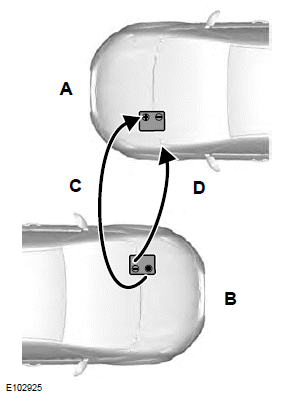
- Vehicle with low charge battery
- Booster battery vehicle
- Positive connection cable
- Negative connection cable
1. Position the vehicles so that they do not touch one another.
2. Switch off the engine and any electrical equipment.
3. Connect the positive (+) terminal of vehicle B with the positive (+) terminal of vehicle A (cable C).
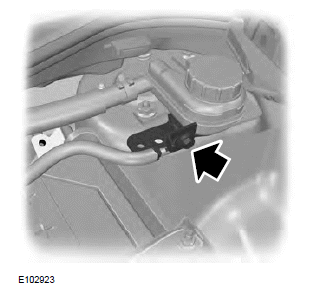
4. Connect the negative (-) terminal of vehicle B to the ground connection of vehicle A (cable D).
WARNINGS
Do not connect directly to the negative (-) terminal of the battery with low charge.
Make sure that the cables are clear of any moving parts and fuel delivery system parts.
To Start the Engine
1. Run the engine of vehicle B at a moderately high speed.
2. Start the engine of vehicle A.
3. Run both vehicles for a minimum of three minutes before disconnecting the cables.
WARNING
Do not switch on the headlamps when disconnecting the cables. The peak voltage could blow the bulbs.
Disconnect the cables in the reverse order.
Fuses
Fuse Specification Chart
Engine Compartment Fuse Box
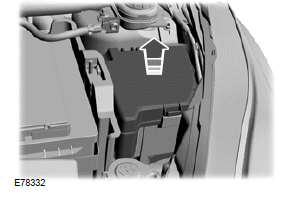
4-door and 5-door
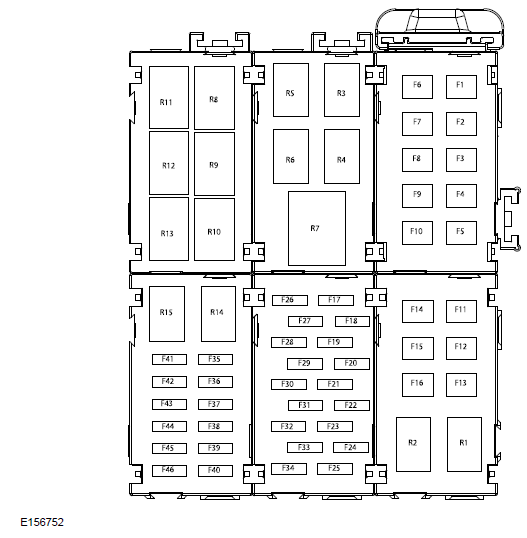
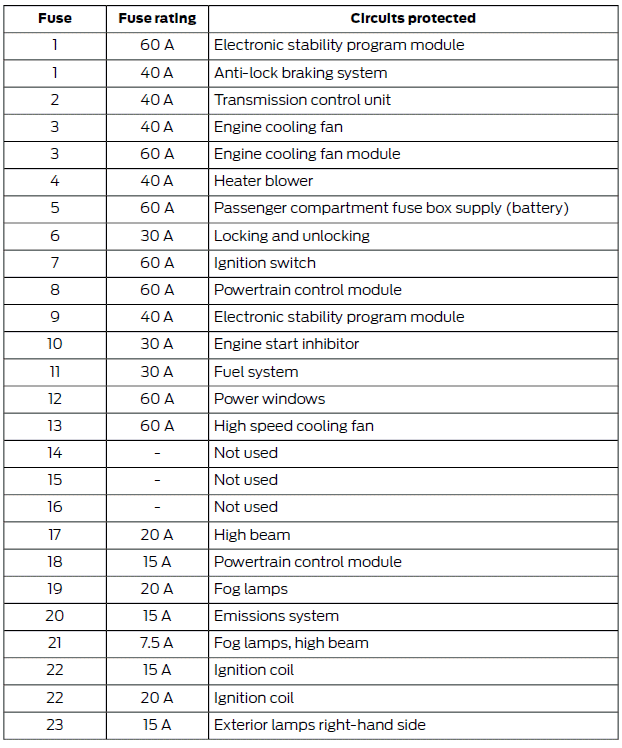
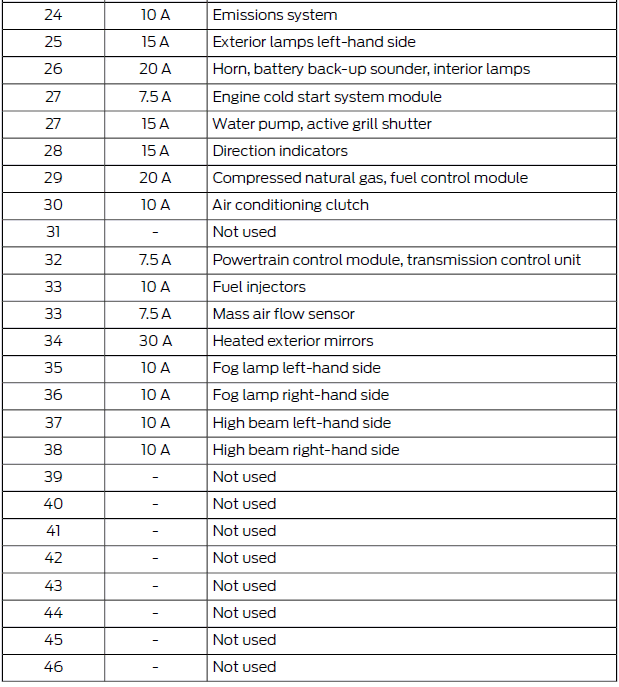
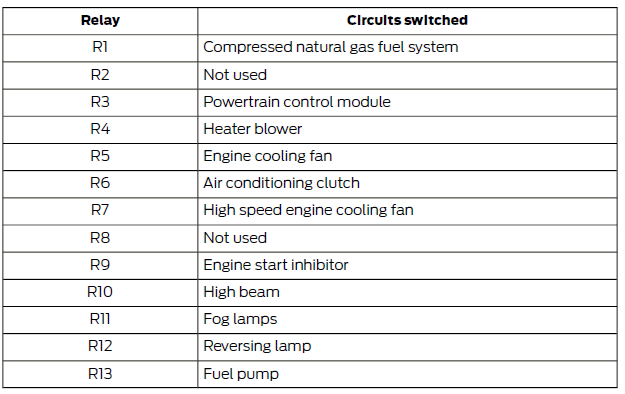
Passenger Compartment Fuse Box
This fuse box is located behind the glove box. Open the glove box and empty the contents. Press the sides inwards and swivel the glove box downward.
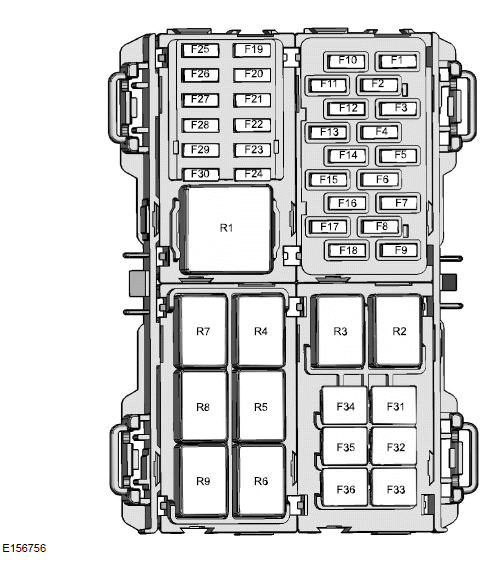

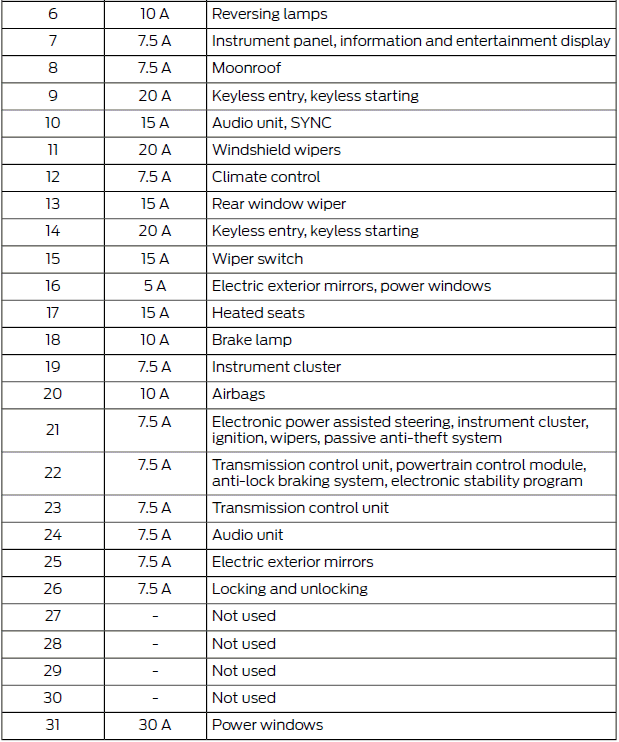

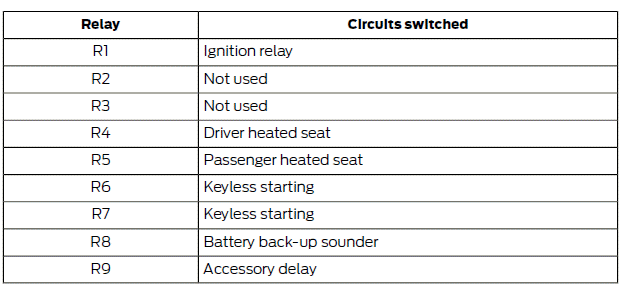
Changing a Fuse
Fuses
WARNING
Always replace a fuse with one that has the specified amperage rating.
Using a fuse with a higher amperage rating can cause severe wire damage and could start a fire.
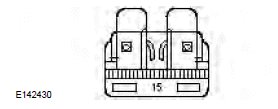
If electrical components in the vehicle are not working, a fuse may have blown. Blown fuses are identified by a broken wire within the fuse. Check the appropriate fuses before replacing any electrical components.
Standard Fuse Amperage Rating and Color
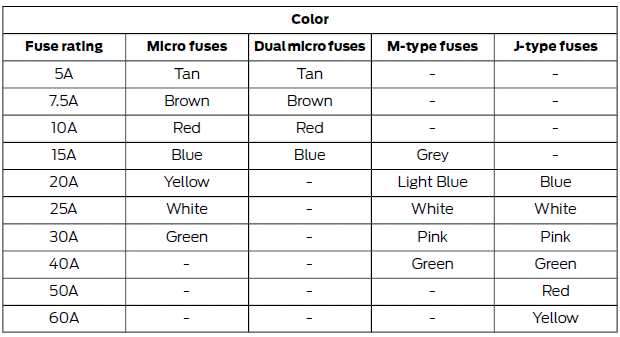
Other info:
Citroen C3. Identification markings
Various visible markings for the identifi -
cation of your vehicle.
A. Vehicle identifi cation number (VIN)
under the bonnet.
This number is engraved on the bodywork
near the damper mounting.
...
Peugeot 208. Sport and snow programmes
These two special programmes supplement the automatic operation in very specific
conditions of use.
Sport programme "S"
Press button "S", after starting the engine.
The gearbo ...
Fiat Punto. Restoring the use of the rear seat
Versions with single seat
Perform operations in a reverse order with respect to what previously
described for the boot extension operation. To prevent buckles from
remaining positioned below the cu ...
Manuals For Car Models
-
 Chevrolet Sonic
Chevrolet Sonic -
 Citroen C3
Citroen C3 -
 Fiat Punto
Fiat Punto -
 Honda Fit
Honda Fit -
 Mazda 2
Mazda 2 -
 Nissan Micra
Nissan Micra -
 Peugeot 208
Peugeot 208 -
 Renault Clio
Renault Clio -
 Seat Ibiza
Seat Ibiza -
 Skoda Fabia
Skoda Fabia - Honda Pilot
- Volkswagen ID4
- Toyota Prius


